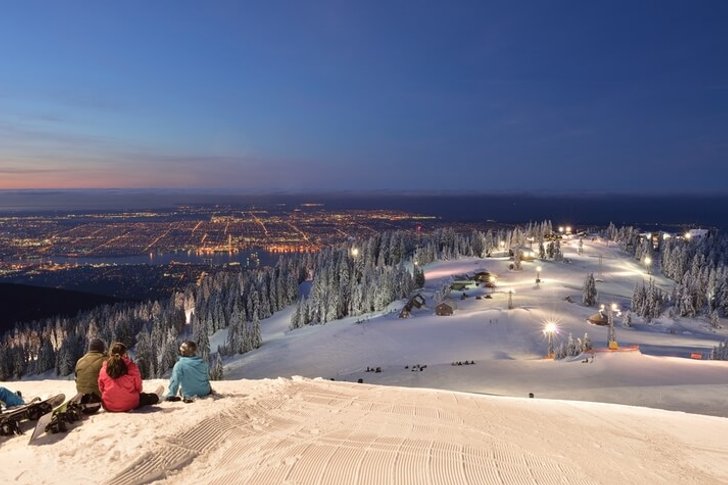Three times Vancouver won the title of "the best city in the world" according to the British edition of "The Economist". Solid, multicultural, multinational, law-abiding, it gives the impression of a calm and quiet haven where you want to spend your whole life.
Vancouver is an incredibly green and clean city. Trees brought from different parts of the world grow in parks and alleys. Exotic for these places, Japanese sakura and Chilean araucaria have perfectly taken root and delight the townspeople during the flowering period. The historical heritage of Vancouver is not too extensive, but this fact is compensated by the beauty of the city, the abundance of parks, recreational areas and excellent beaches. The city has a fairly mild climate with short winters without prolonged frosts. Therefore, the trip here is comfortable at any time of the year.
What to see and where to go in Vancouver?
The most interesting and beautiful places for walking. Photos and a short description.
- Stanley park
- Queen Elizabeth Park
- Van Dusen Botanical Garden
- Vancouver Art Gallery
- Museum of Anthropology
- Vancouver Museum
- Vancouver Maritime Museum
- Center Scientific World
- Vancouver Aquarium
- Harbor Center
- Vancouver Public Library
- Granville Island
- Gastown
- Canada Place
- BBC Place Stadium
- Kitsilano beach
- English Bay beach
- Lions Gate Bridge
- Capilano Suspension Bridge
- Mount Grouse Mountain
stanley park
City park on the shore of the bay, located next to downtown Vancouver. Indigenous peoples lived in this territory long before colonization by the British, and the first British ships arrived here. The park is a unique synthesis of nature and human creation. The total length of walking trails is more than 250 km. On the territory there are artificial reservoirs, monuments, sculptures and sports grounds.

Queen Elizabeth Park
A picturesque landscaped park, one of the most popular places in the city. It is visited with pleasure by both locals and tourists. All representatives of the flora that grow in Canada are collected on the territory of the park: numerous conifers, birch, ash, maple, rhododendrons. The park is very popular with newlyweds; wedding photo shoots are often held here.

Van Dusen Botanical Garden
The garden was founded in 1972 at the expense of the industrialist-philanthropist W.D. Van Dusen. Most of the area is occupied by ornamental plants collected from all over the world (there are more than 250 thousand specimens in total). The garden is divided into thematic areas and is decorated with various sculptures, pavilions, Indian totems, plant labyrinths and lakes. The park covers an area of 22 hectares.

Vancouver Art Gallery
Museum and architectural monument, a repository of priceless works of art. This museum is the largest in Western Canada. The gallery was founded in the 30s. XX century, the collection was based on the work of the Canadian artist E. Carr, the work of M. Chagall and D. Wall. In addition to the permanent exhibition, the museum organizes temporary exhibitions, which bring works of art from the best European galleries.

Museum of Anthropology
The history of the museum began with a small collection of the University of British Columbia. Gradually, the exhibition grew, replenished with new exhibits. In 1976, a new building was erected for the museum, designed by architect A. Erikson. The exhibition halls display collections of traditional totems of Indian tribes, jewelry, paintings, Chinese ceramics, textiles, prints and much more.
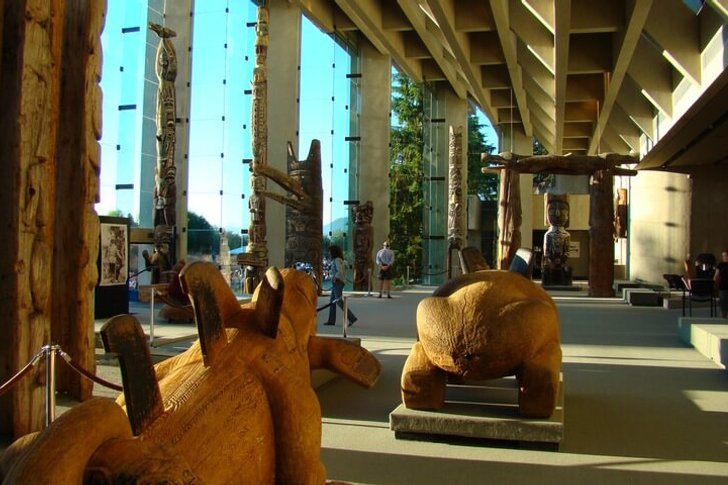
Vancouver Museum
City Museum, the collection of which has been collected for over 100 years. The main focus is on the history of Vancouver and the surrounding area, but also on the territory of the museum you can see the achievements of world culture. The museum conducts extensive educational and research activities, organizes lectures, educational programs and other educational events. The Vancouver Museum houses the McMillan Space Center with a planetarium and astronomy exhibit.
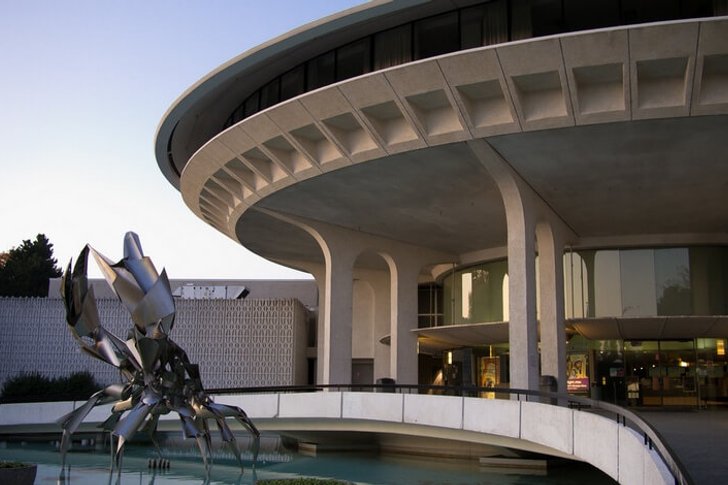
Vancouver Maritime Museum
The exposition of the museum is dedicated to the marine development of Vancouver, the Arctic and British Columbia. The main exhibit is a 1928 ship that was able to circumnavigate North America by sailing through the Panama Canal. The museum exposition consists of models of ships, navigation charts, documents and books. The collection is housed in a triangular building of modern architecture.
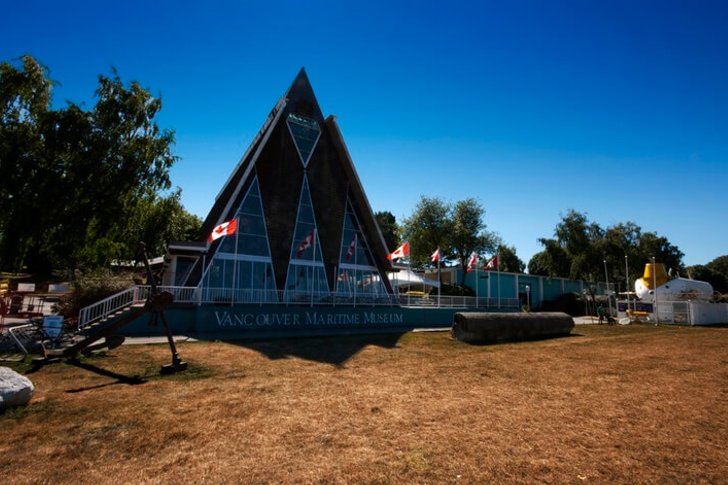
Center "Scientific World"
A science museum located in a modern building in the shape of a ball. The diameter of the structure is 47 meters, the top is crowned with a figure of a dinosaur. The exposition is a creative space where you can immerse yourself in the very essence of natural phenomena - walk through the "innards" of the camera, look inside the human body, try to lift a piece of a heavy meteorite. The museum will be of particular interest to families with children.
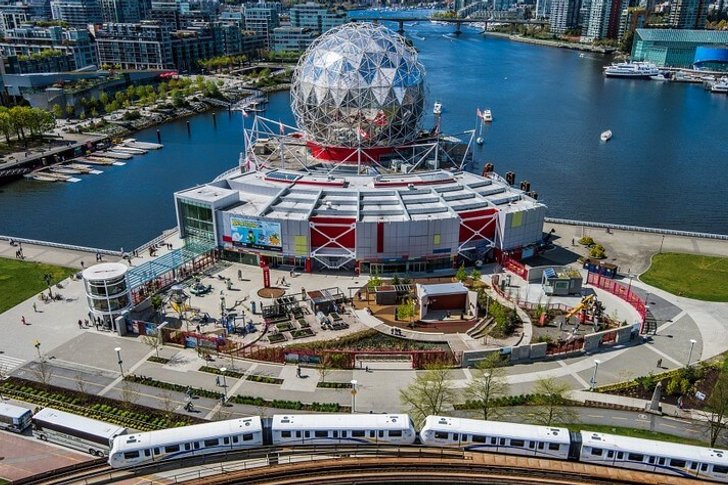
Vancouver Aquarium
The aquarium is located in the center of Vancouver on the territory of Stanley Park. It is inhabited by about 50 thousand marine inhabitants. In addition to shows and entertainment programs, the aquarium hosts educational events where you can learn more about the history of the world's oceans and its inhabitants. Sharks, dolphins, otters, corals, starfish, dolphins and other inhabitants of the underwater depths live in the Vancouver Aquarium. But the main pride of the oceanarium is polar beluga dolphins: beautiful and intelligent animals.

Harbor Center
A skyscraper in downtown Vancouver, built in 1977. The place is remarkable in that it has a rotating observation deck, from where you can view the city from all angles, as well as admire the harbor and surroundings. The building reaches a height of 177 meters and consists of 28 floors. The opening of the tower took place in the presence of astronaut Neil Armstrong. Offices of commercial organizations are located on the territory.

Vancouver Public Library
A nine-story library complex, which includes a book depository, reading rooms, shops, cafes, a social service center, offices and underground parking. The library building resembles a modern interpretation of the Roman Colosseum. The funds contain more than 2.6 million copies of books, magazines, newspapers, maps, reference books, government publications and other printed sources.

Granville Island
Granville in the past is a commercial and industrial area of Vancouver, located in Falls Creek. Nowadays, it has been transformed into a popular family vacation spot, fashion gallery space and a shopping mecca. On Granville Island, life literally boils: atmospheric restaurants are packed with visitors, museums are always full of tourists, markets offer a varied and original assortment.

Gastown
Vancouver's historic district, the heart of the city and the center of its identity. Modern buildings in Gastown mix with Victorian buildings, old houses and pavements contrast with trendy clubs and restaurants. Gastown is home to Canada's largest Chinatown. The first settlers appeared here in the second half of the 19th century, since then Gastown has changed its appearance several times.
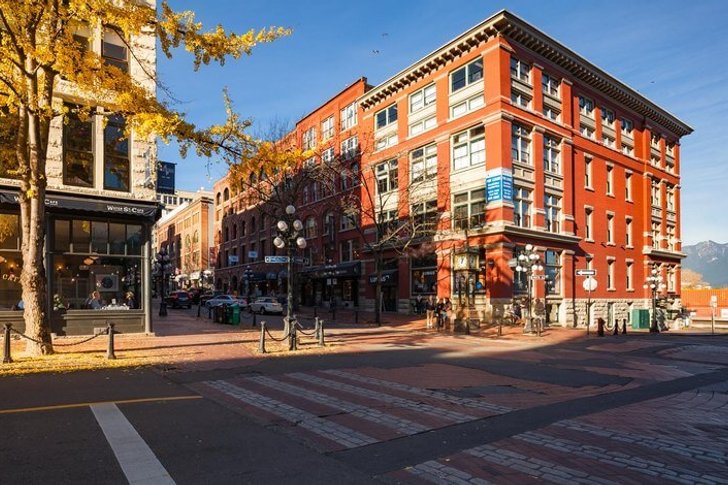
Canada Place
Pier and architectural complex in the form of a giant sailboat, one of the main attractions of Vancouver. On its territory there is a hotel, conference halls, a cinema, restaurants and trading floors. The complex was erected for the opening of the Expo 86 exhibition. Cruise ships are constantly moored at the Canada Place pier, and from the observation deck you can observe the activities of the port.

BBC Place Stadium
One of the largest sports arenas in Canada, which hosts various world-class competitions. The stadium was built in 1983 and renovated in 2011. During the 2010 Winter Olympics, it hosted the opening and closing ceremonies. BBC Place is the main venue for Canadian Football League matches. In addition to sporting events, concerts of world stars are held here.
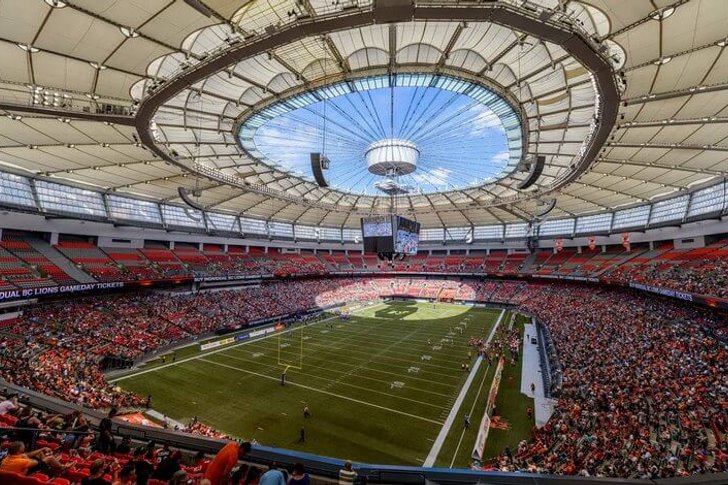
Kitsilano beach
A popular city beach located in the area of the same name. The place is provided with a comfortable tourist infrastructure: cafes, swimming pools, footpaths, sports grounds and much more for the convenience of visitors. In the 60s. In the 20th century, the Kitsilano area was chosen by representatives of the hippie subculture, then they were replaced by creative bohemians and office workers.
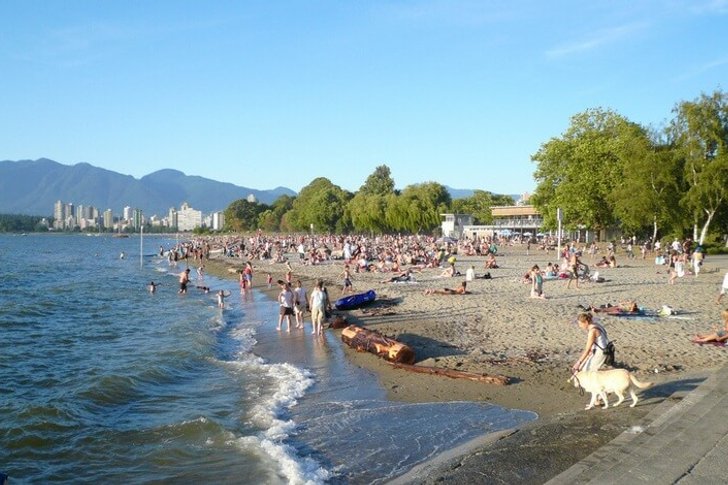
English Bay beach
Beach in a cozy bay in a residential area in the western part of central Vancouver. This place is famous for its unusually picturesque sunsets that attract tourists from all over the world. English Bay is a venue for social events, celebrations and festivals. The beach is also popular with locals; they are happy to spend time by the ocean in any weather.
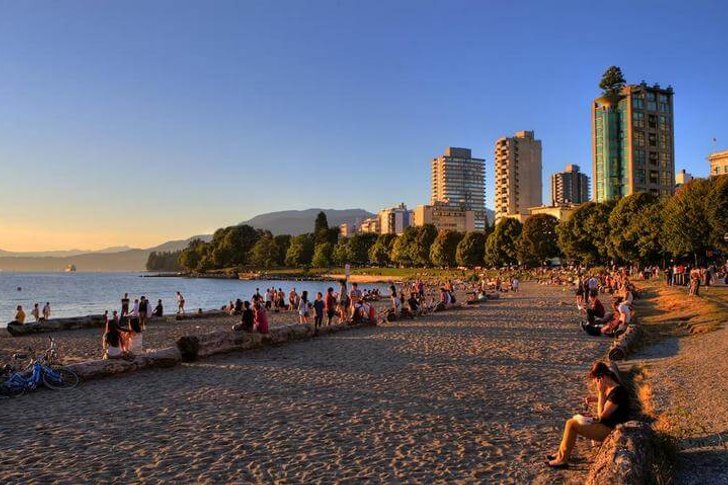
Lions Gate Bridge
Suspension bridge about 500 meters long, connecting the city center with the northwestern regions. It is considered one of the symbols of Vancouver. The building was erected in 1928. The bridge has a fairly large capacity - from 60 to 70 thousand vehicles cross it daily. In 2005, Lions Gate received National Historic Landmark status.
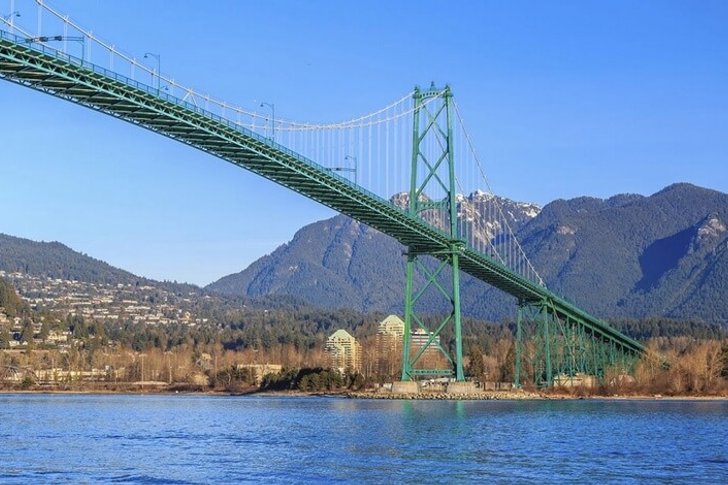
Capilano Suspension Bridge
A bridge located 70 meters above the Capilano River. The structure is not supported by pillars, but it is so strong that it can support the weight of almost 100 elephants. At the entrance to the bridge, Indian totem poles depicting mythical creatures are installed. Capilano was built at the end of the 19th century, the first structure was made of wood and ropes. At the beginning of the 20th century, it was replaced with a metal one.
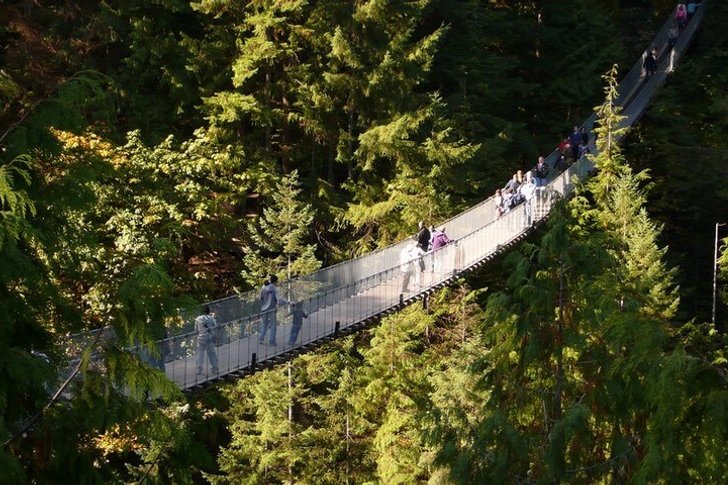
Mount Grouse Mountain
Mountain in the vicinity of Vancouver, which offers a magnificent view of the city. Grouse Mountain can be reached by cable car. In winter, the mountain turns into a first-class ski resort with a developed infrastructure. Dozens of equipped slopes and trails, panoramic cafes with breathtaking views of Vancouver are at the service of ski and snowboard lovers.
